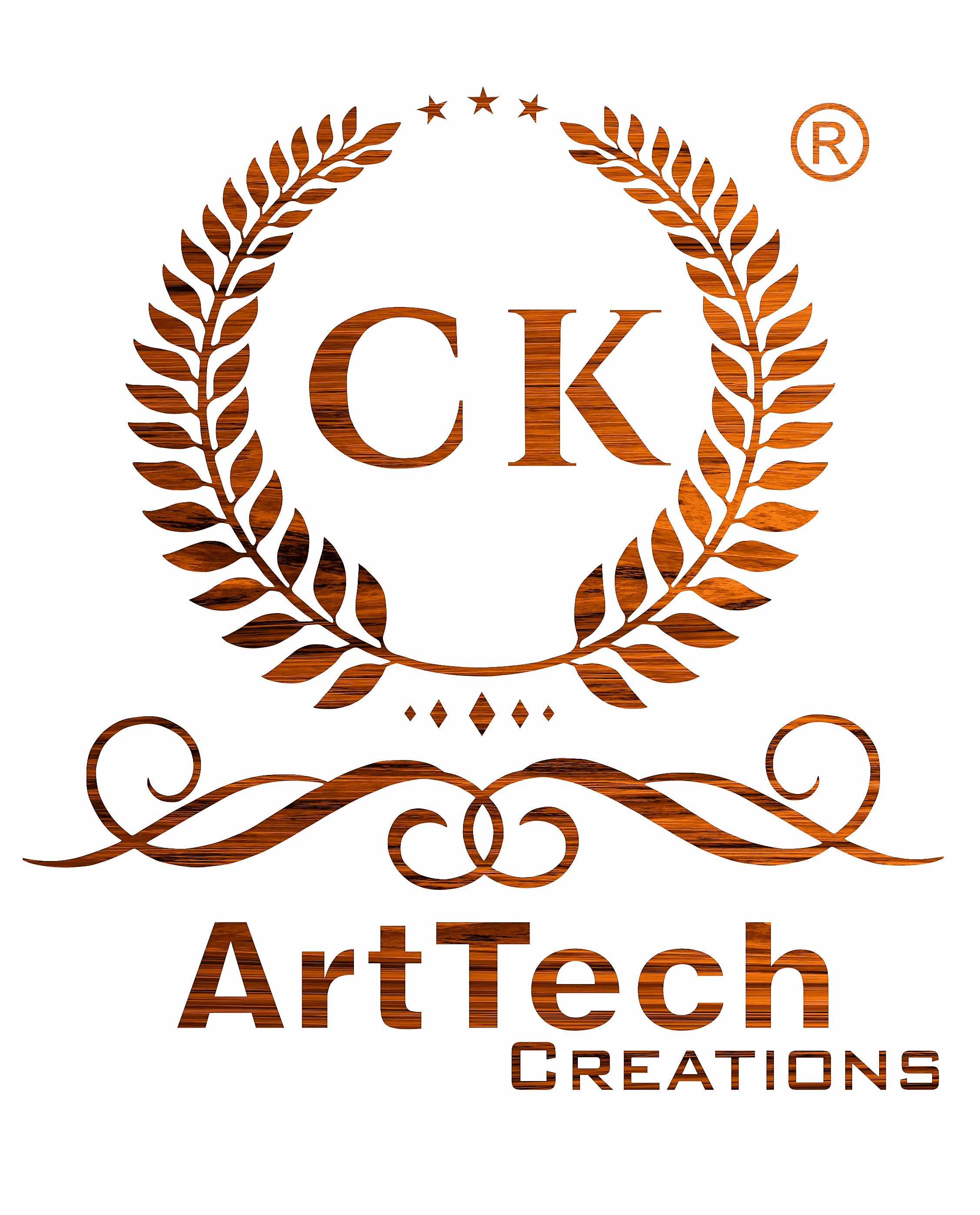Understanding 3D Printing: Types and Techniques

What is 3D Printing?
3D printing is a revolutionary manufacturing process that creates three-dimensional objects from digital files. This technology, also known as additive manufacturing, builds objects layer by layer, allowing for intricate designs and customizations that were previously impossible with traditional manufacturing methods.
Types of 3D Printing
There are several types of 3D printing technologies, with FDM (Fused Deposition Modeling) and resin 3D printing being among the most popular. FDM 3D printing works by extruding melted plastic filament through a nozzle, which then cools and solidifies to form the desired object. This method is cost-effective and widely used for prototyping.
Advantages of 3D Printing in Prototyping
One of the key advantages of 3D printing, particularly FDM, in prototyping is speed. Designers can create prototypes quickly and test their designs in a physical form. Similarly, resin 3D printing offers high-resolution outputs, making it ideal for detailed prototypes that require precision.
Whether utilizing FDM 3D printing for functional parts or opting for resin 3D prints for aesthetic prototypes, the versatility and efficiency of these techniques have transformed the prototyping process, enabling rapid iteration and innovation in product development.







